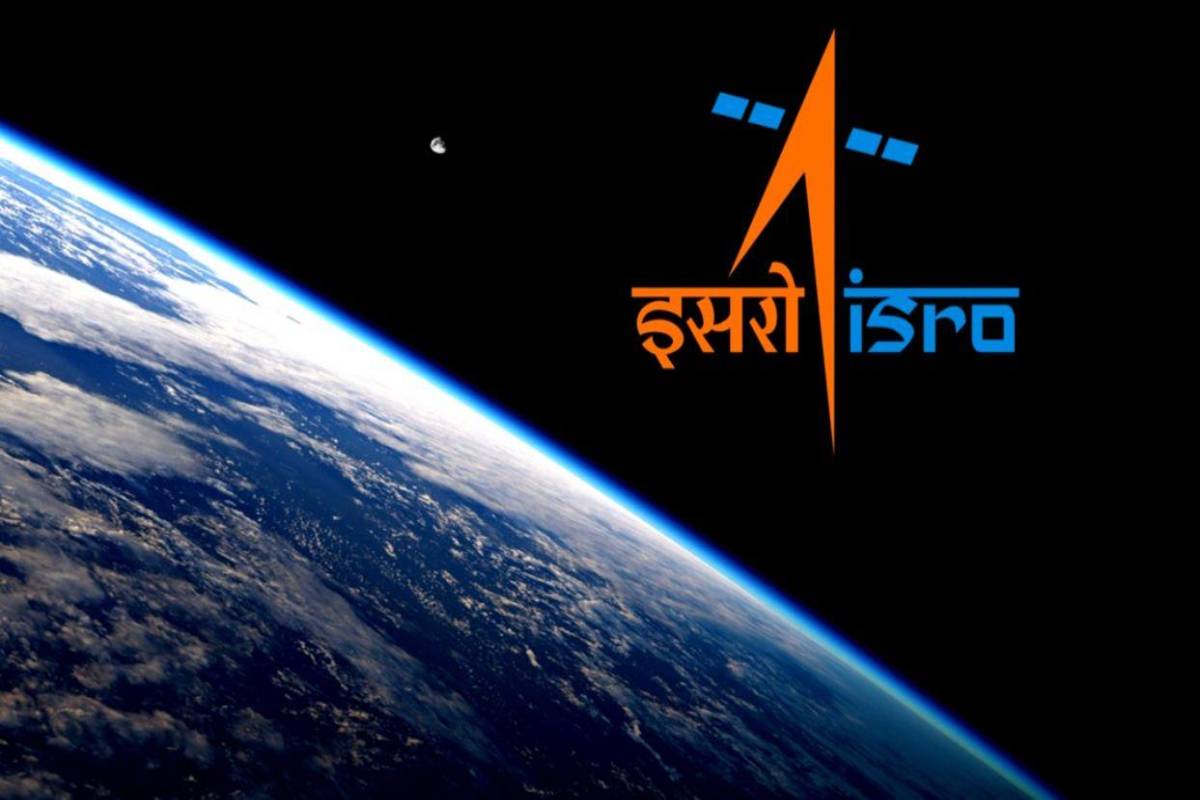The maiden mission of India’s brand new rocket about Rs 56 crore Small Satellite Launch Vehicle (SSLV) on Sunday morning ended in a failure.
The launch failure of a small rocket powered by solid fuel puts the focus on the safety of India’s human space mission that will be carried out by Geosynchronous Satellite Launch Vehicle-Mk III (GSLV-Mk III) with the tricky cryogenic engine stage.
Advertisement
Hours after the SSLV-D1 was launched with two satellites at about 9.18 a.m., the Indian Space Research Organisation (ISRO) said the satellites are unusable as they were put into a different orbit than the intended one.
“All the stages performed normally. Both the satellites were injected. But the orbit achieved was less than expected, which makes it unstable,” ISRO said in a very brief statement about the mission.
“SSLV-D1 placed the satellites into 356 km x 76 km elliptical orbit instead of 356 km circular orbit. Satellites are no longer usable. The issue is reasonably identified,” ISRO said.
“Failure of a logic to identify a sensor failure and go for a salvage action caused the deviation. A committee would analyse and recommend. With the implementation of the recommendations, ISRO will come back soon with SSLV-D2,” the space agency added.
The Indian space agency is silent on the reasons as to why the satellites or at least the EOS-02 could not be raised to the required orbit by firing its onboard motors.
Hoping to celebrate in advance the country’s 75th anniversary of Independence in style the ISRO launched its freshly minted rocket Small Satellite Launch Vehicle – Developmental Flight (SSLV-D1).
On its first developmental flight, the SSLV-D1 carried an earth observation satellite-02 (EOS-02), formerly known as Microsatellite-2, weighing about 145 kg, and the eight kg AZAADISAT built by 750 students of government schools facilitated by SpaceKidz India.
About 12 minutes into the rocket’s flight, ISRO announced the separation of EOS-02 and the AZAADISAT.
Soon after that, a heavy silence came about the Mission Control Centre at the rocket port here with ISRO Chairman S.Somanath announcing: “The SSLV-D1 mission was completed. All the stages of the rocket performed as expected. There is some data loss in the terminal stage of the rocket.”
He said the data is being gathered to know the status of the mission.
“The AZAADISAT got separated. We can know about the satellite only at night,” Dr. Srimathy Kesan, Founder and CEO, SpaceKidz India told IANS.
At about 9.18 a.m. the rocket broke free of the first launch pad here and went up into a cloudy sky. The rocket’s progress was smooth with all its solid fuel-powered engines performing well.
The three-staged SSLV-D1 is primarily powered by solid fuel (total of 99.2 ton) and also has a velocity trimming module (VTM) powered by 0.05 ton of liquid fuel for precise injection of satellites.
India’s newest rocket was 34-metre tall and weighed 120 ton.
As per the flight plan, just over 12 minutes into its flight, the SSLV-D1 had to deliver into space the EOS-2 satellite and then the AZAADISAT a few seconds later.
According to the ISRO, the SSLV is a ready-to-transfer rocket with modular and unified systems with standard interfaces for production by the industry.
The SSLV design drivers are low cost, low turnaround time, flexibility in accommodating multiple satellites, launch-on-demand feasibility, minimal launch infrastructure requirements, and others, ISRO said.
The commercial arm of ISRO, NewSpace India Ltd plans to transfer the SSLV technology for production in the private sector after a couple of successful missions.
The Indian space agency said the EOS-02 satellite is an experimental optical imaging satellite with high spatial resolution. The objective is to realise and fly an experimental imaging satellite with short turnaround time and showcase launch on demand capability.
Launch of small satellites will be a dominant factor in the global space sector with about 7,000 satellites expected to be up in the sky by 2027, V.K. Saraswat, member, Niti Aayog had said at a space seminar.
In all, about 7,000 small satellites are expected to be launched between 2018 and 2027 with a total value of $38 billion, Saraswat said.
(inputs from IANS)










